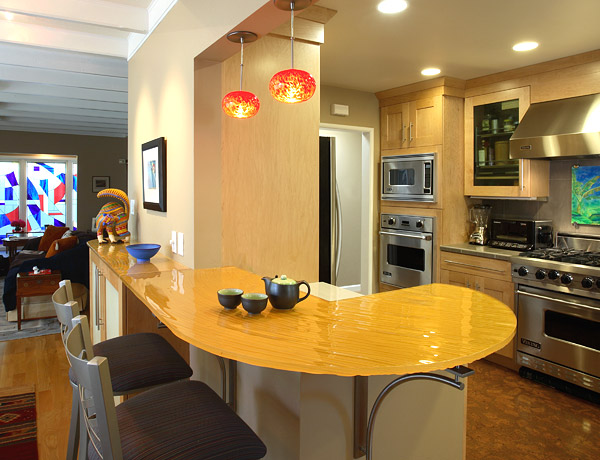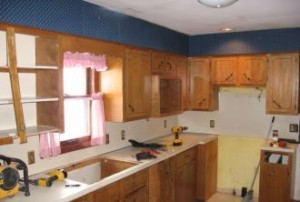
For those working with a limited remodeling budget, there are several ways to cut costs without compromising quality. Photo: Altera Design Kitchen & Bath (2015)
While many Bay Area residents are preparing to tackle their long-deferred project ideas, for some, the urge to remodel is constrained by the significant expenses involved. However, even if you’re working with a limited budget, there are numerous ways you can cut costs without compromising quality. Here are seven money-saving strategies to consider:
1. Design your project to accommodate existing systems. If your plumbing and electrical systems are in good condition, you can avoid the cost of rerouting pipes or wiring by designing your remodeling project to accommodate them. In addition to saving a substantial amount of money, this strategy aligns with a sustainable approach to remodeling.
2. Purchase appliances and fixtures yourself. While it’s common for remodeling contractors to procure products and materials on their clients’ behalf, doing your own shopping will save you the additional cost for your contractor’s time.

An easy way to save some money on your project is to do your own product shopping. Photo: Altera Design Kitchen & Bath (2015)
3. Select stock materials. Rather than paying a premium for name-brand products, inquire at your local home improvement store about what other options are available. In many cases, local suppliers can offer lower-priced products of equivalent quality.

Another great budget booster is refinishing—rather than replacing—your existing kitchen cabinets. Photo: Case Design/Remodeling (2015)
4. Reuse existing cabinets. Older cabinets that are well-built can often be refinished and/or repainted to have a brand-new look, potentially saving you thousands of dollars.
5. Go Green with fixtures. Purchasing high-efficiency lighting and plumbing fixtures, while initially more expensive, will lead to long-term savings from reduced power and water bills.
6. Take advantage of the opportunity to make upgrades. Though pricey when performed individually, energy efficiency and seismic upgrades can be implemented at a low cost when done concurrently with a remodeling project. Any time sheetrock or flooring is removed (even in a small space like a kitchen or bathroom), ask your contractor to install additional insulation to improve energy efficiency. Another great upgrade is adding hardware or plywood supports to these areas, which will bolster your home’s structural stability in an earthquake.

A remodeling project is a cost-effective time to make concurrent energy efficiency and seismic upgrades. Photo: JH Construction & Remodeling LLC (2015)
7. Minimize changes. While they’re unavoidable in some cases, project changes made after the fact invariably result in schedule delays and increased costs. For this reason, make sure all details, from the architectural plans to the selection of appliances, are set in place before the work begins.
